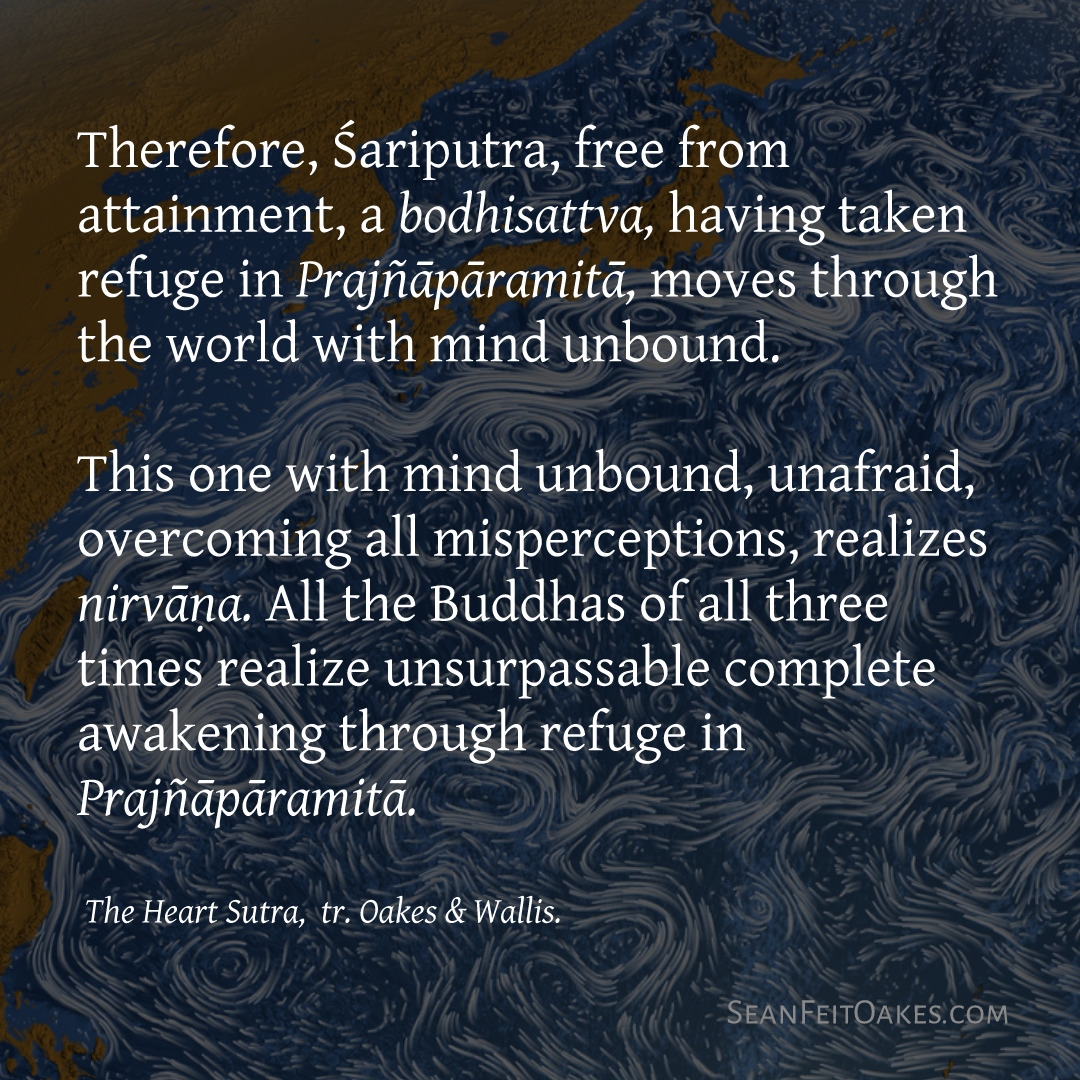-
Election Night, Hopelessness, Saṃsāra
We gather in a small group on election night 2018, before the results came in for the midterms that would initially look meh but roll slowly into a nice blue wave, with a few big disappointments (Gillum, Abrams, O’Rourke) and some big delights, particularly the wave of women and POC who just retook the House…
-
4 Modes of Attention
One way to think about mindfulness and effort in meditation practice is to imagine a graph where the X axis is volition (doing things on purpose), and the Y axis is consciousness, or being aware of what’s happening. Here’s a talk on this model, some pictures, and a handout to put on the fridge. Meditation:…
-
Mindfulness and its Discontents
A series of talks on “Mindfulness,” the great universal self-improvement practice. Ok, not quite. But mindfulness is awesome. Just not in the way the magazines want you to think. We’ll start with the basics of Buddhist Mindfulness. What it is and may not be, how we can discern its presence or absence as an embodied state,…
